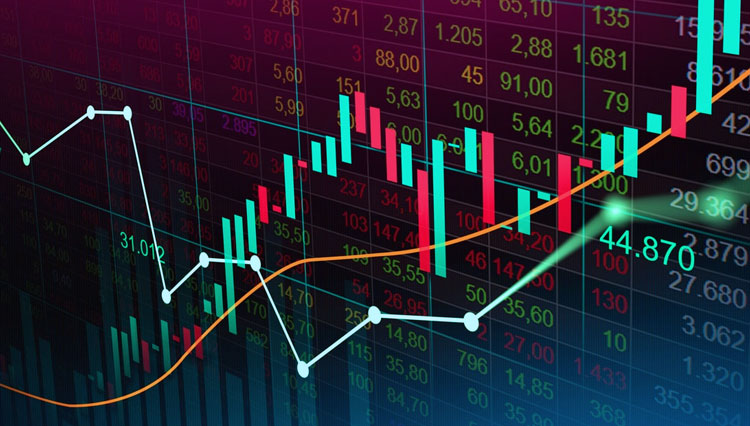
Introduction to Forex Trading
Forex (foreign exchange) trading is the act of buying and selling currencies with the aim of profiting from fluctuations in their exchange rates. It is one of the largest and most liquid financial markets globally, with trillions of dollars traded daily. This comprehensive guide explores the fundamentals of forex trading, strategies, risk management techniques, psychological aspects, regulatory considerations, and more.
Chapter 1: Understanding Forex Markets
In this chapter, we delve into the basics of forex markets:
- What is Forex Trading?: Definition and overview of the forex market.
- Participants in Forex Markets: Roles of banks, corporations, governments, speculators, and retail traders.
- Major Currency Pairs: Explanation of currency pairs and their significance in trading.
- Factors Influencing Exchange Rates: Economic indicators, geopolitical events, central bank policies, and market sentiment.
Chapter 2: Mechanics of Forex Trading
Here, we explore the practical aspects of executing trades in the forex market:
- How Forex Prices are Quoted: Understanding bid and ask prices, spreads, and pips.
- Types of Orders: Market orders, limit orders, stop orders, and their uses.
- Trading Sessions: Overview of major forex trading sessions (Tokyo, London, New York) and their characteristics.
- Trading Platforms: Introduction to trading platforms, charting tools, and technical indicators.
Chapter 3: Fundamental Analysis in Forex Trading
This chapter focuses on analyzing economic factors to predict currency movements:
- Key Economic Indicators: GDP, inflation rates, employment data, and trade balances.
- Central Bank Policies: Impact of interest rate decisions, monetary policy statements, and interventions.
- Using News and Events: Trading opportunities around economic releases and geopolitical developments.
Chapter 4: Technical Analysis Techniques
Exploring the use of charts and indicators to forecast price movements:
- Types of Charts: Candlestick charts, bar charts, line charts, and their interpretations.
- Common Technical Indicators: Moving averages, RSI (Relative Strength Index), MACD (Moving Average Convergence Divergence), and Fibonacci retracements.
- Chart Patterns: Recognition and interpretation of patterns such as head and shoulders, double tops/bottoms, and triangles.
Chapter 5: Developing Forex Trading Strategies
Strategies for approaching the forex market effectively:
- Trend Following Strategies: Identifying and trading with trends.
- Counter-Trend Strategies: Taking advantage of reversals.
- Range-Bound Strategies: Trading in consolidating markets.
- Combining Fundamental and Technical Analysis: Integrated approaches to decision-making.
Chapter 6: Risk Management in Forex Trading
Essential techniques to protect capital and manage risk:
- Setting Stop-Loss Orders: Using stop-losses to limit losses.
- Position Sizing: Determining trade size based on risk tolerance and account size.
- Diversification: Spreading risk across different currency pairs and asset classes.
- Risk-to-Reward Ratios: Calculating and optimizing risk-reward ratios for trades.
Chapter 7: Psychological Aspects of Forex Trading
Understanding the mental challenges of trading:
- Emotional Control: Managing fear, greed, and discipline.
- Trading Psychology: Developing a trader’s mindset and handling psychological biases.
- Stress Management: Techniques for reducing stress and maintaining focus.
Chapter 8: Regulations and Compliance in Forex Trading
Navigating the regulatory landscape:
- Regulatory Bodies: Overview of regulatory authorities (e.g., CFTC, FCA, ASIC).
- Client Protections: Investor protections, segregated accounts, and compensation schemes.
- Broker Selection: Factors to consider when choosing a forex broker.
Chapter 9: Trading Strategies in Different Market Conditions
Adapting strategies to various market environments:
- Volatility Strategies: Trading during high and low volatility.
- Event-Driven Strategies: Capitalizing on news events and economic data releases.
- Long-Term vs. Short-Term Trading: Approaches for different trading horizons.
Chapter 10: Evaluating and Improving Your Trading Performance
Monitoring and enhancing trading results:
- Keeping a Trading Journal: Importance of tracking trades and analyzing performance.
- Continuous Learning: Staying updated with market developments and refining trading strategies.
- Seeking Mentorship and Education: Resources for improving trading skills and knowledge.
Conclusion
In conclusion, forex trading offers vast opportunities for profit, but it requires dedication, knowledge, and discipline. By understanding market dynamics, implementing effective strategies, managing risk prudently, and maintaining psychological resilience, traders can enhance their chances of success in the dynamic world of forex trading.
This comprehensive guide aims to equip traders with the foundational knowledge and practical insights needed to navigate the complexities of the forex market confidently and responsibly.










